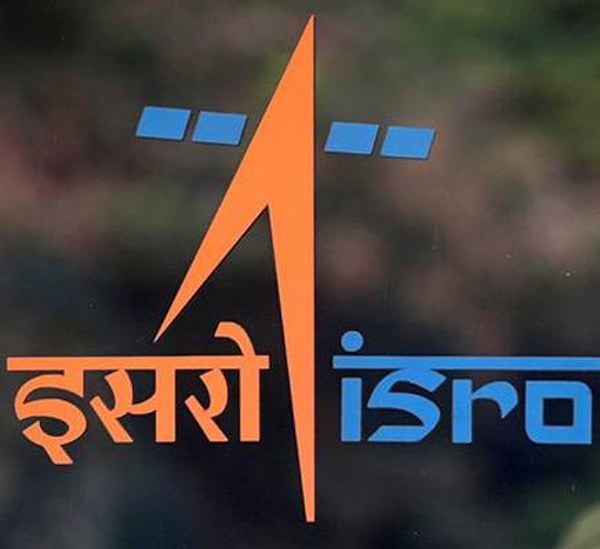BENGALURU: The Indian Space Research Organisation’s (Isro) third attempt at launching Gisat-1, a first-of-its-kind earth observation (EO) satellite, will happen in mid-August if all goes as per the space agency’s plan.
The satellite’s launch was first scheduled for March 5, 2020, but was scrubbed minutes before the 26-hour countdown was to begin on March 4, 2020. And, earlier this year (2021), Isro had said it was confident of launching the satellite by the end of March or the first week of April. However, it got delayed owing to a voltage issue that scientists described as a “minor power problem”.
Sources at Isro said that the glitch has since been worked on and preparations for launch are going on in full swing.
“Vehicle assembly is in advanced stages. The vehicle will be moved from the vehicle assembly building to UT (umbilical tower) from when the countdown will begin. Once it is moved to the UT, we’ll have about seven-eight days of work and then it will be launched. It’ll be an early morning launch and the rocket will take off before 6am,” a senior scientist from Isro headquarters who was part of a recent review of the mission, said.
The satellite, which will add to Isro’s constellation of earth observation satellites, will be placed in the geostationary or the geosynchronous equatorial orbit (GEO), and will be launched on a GSLV. Once in the GEO, it will subsequently be positioned in geostationary orbit, about 36,000km above Earth’s equator, using onboard propulsion systems.
Designed to provide near real-time images of large areas of region of interest at frequent intervals, the satellite, as reported by TOI earlier, also holds the potential of aiding the country’s armed forces to plan operations.
Operating from geostationary orbit, Gisat-1 will facilitate near real-time observation of the Indian sub-continent, under cloud-free conditions, at frequent intervals. Weighing 2,268 kg, the satellite will also provide spectral signatures for agriculture, forestry, mineralogy, disaster warning, cloud properties, snow, glaciers and oceanography.
It will be equipped with six-band multispectral visible and near-InfraRed imaging sensor with 42m resolution, 158-band hyper-spectral visible & near-InfraRed sensor with 318m resolution and 256-band hyper-spectral short wave-InfraRed sensor with 191m resolution.
Once launched on a GSLV, Gisat-1 will be placed in the geostationary or the geosynchronous equatorial orbit (GEO) before being positioned in a geostationary orbit, about 36,000km above Earth’s equator.
Source: ToI
You may also like
-
New Heat-Based Approach To Cancer Treatment Can Reduce Chemotherapy Doses
-
Scientists Take A Major Step Towards Unification Of Classical & Quantum Gravity
-
India Graphene Engineering and Innovation Centre (IGEIC) Under the Vision of Viksit Bharat@2047 Launched
-
New High-Performance Gas Sensor can Monitor Low Level Nitrogen Oxides Pollution
-
Antidepressant Drug can be Repurposed for Treating Breast Cancer
